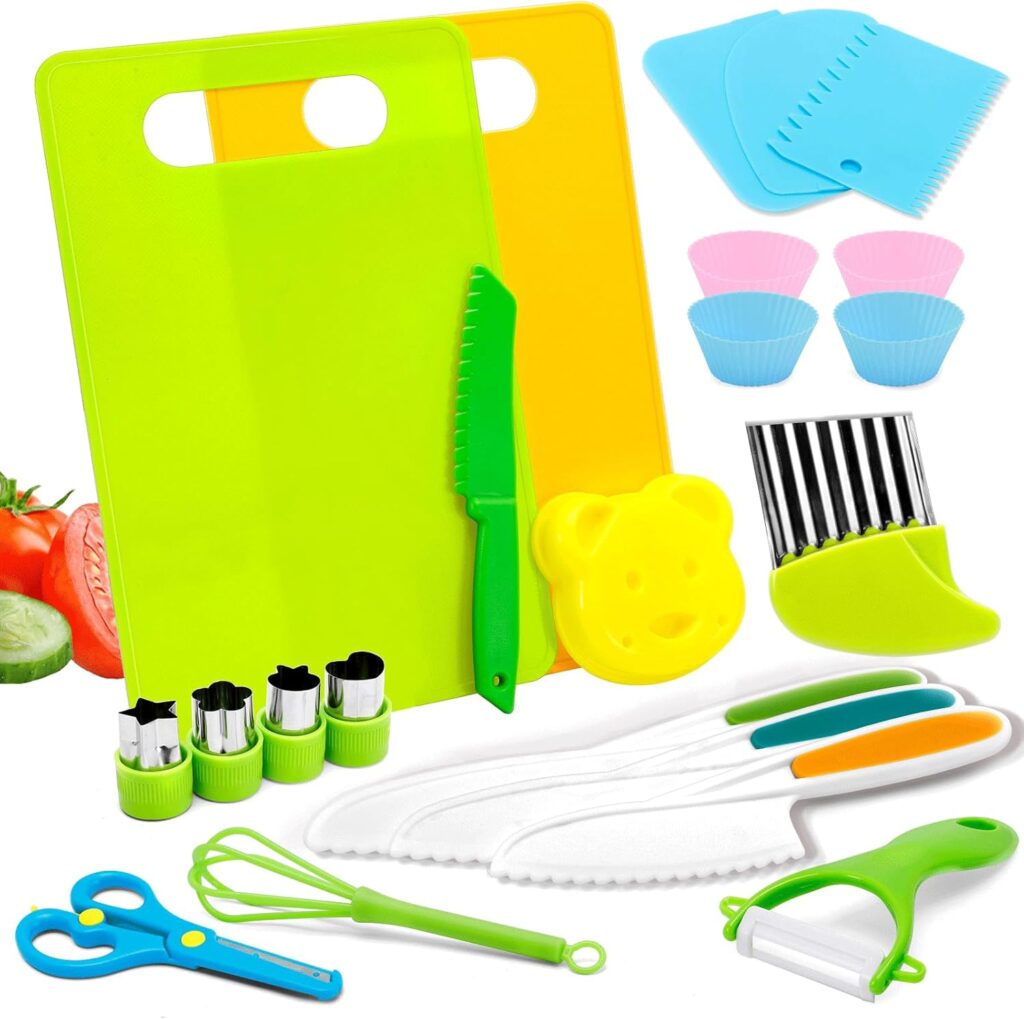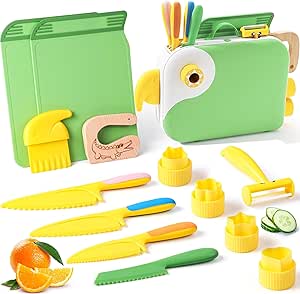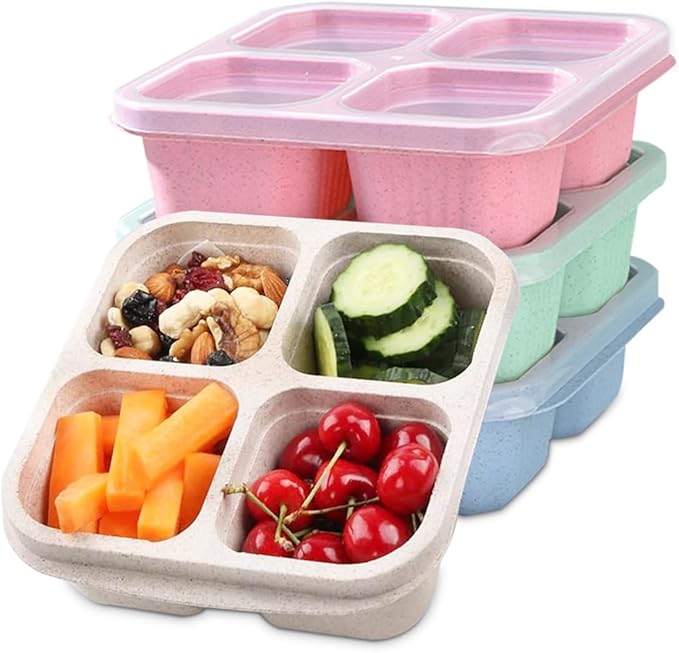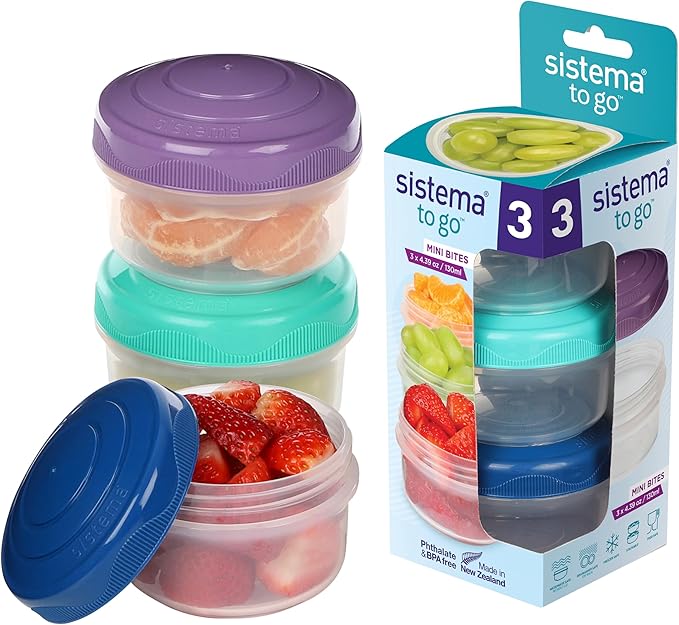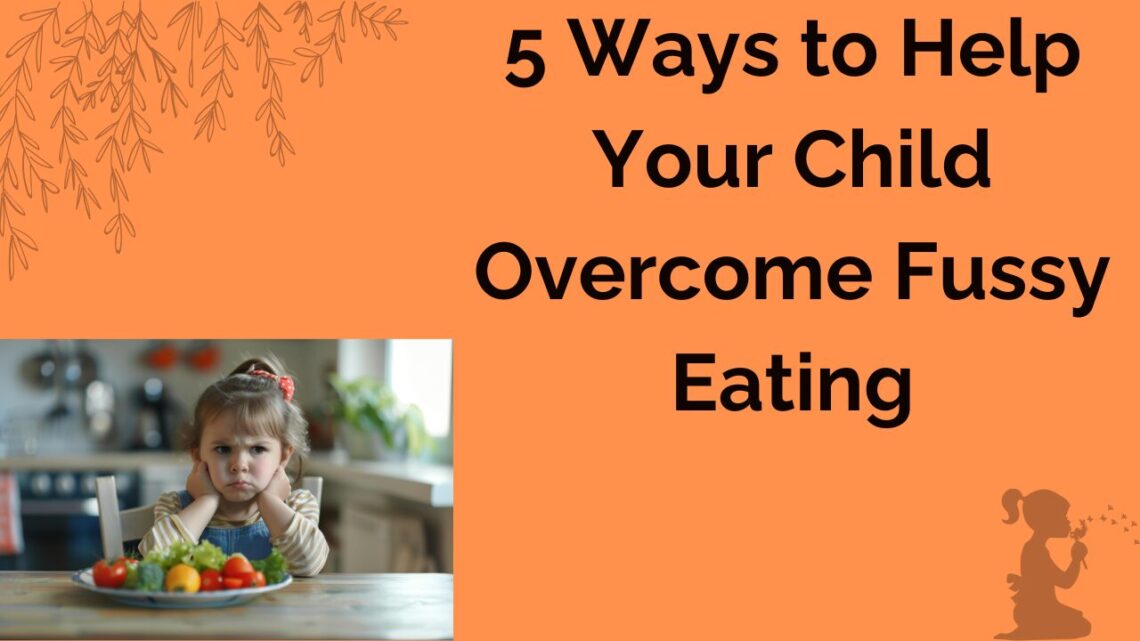
5 Ways to Help Your Child Overcome Fussy Eating
Parents of children who eat well often suggest that to overcome fussy eating, you should insist your child eats what you give them. Parents of fussy eaters know that it is not that simple.
My son used to eat everything, and I joined the ranks of the smug parents, thinking, if you don’t make food an issue, it won’t be.
Then my son started not liking a few foods. Then a few more foods. In fact, at one point, the only meal I could be sure that he would eat was a butter wrap.
The truth is that fussy eating is something a lot of children go through. It is a perfectly natural stage, and can be incredibly frustrating. As a parent, you have a natural drive to want to care for and nourish your child. Therefore, when your child resists being nourished, it can feel infuriating.
Chances are that it will pass. Fortunately, you do not have to passively wait for it to improve. In fact, there are many things that you can do to help your child overcome fussy eating.
Why is my child fussy?
Your child is probably struggling with the sensory elements of some foods. Children can be more sensitive to tastes, smells and textures. If your child has eaten something and not liked the taste, smell or texture, they can be become nervous about eating unfamiliar foods.
Although sensory issues are the main cause of fussiness, there are other causes to look out for. Some children struggle with the motor skills to either cut or chew their food properly, leading to anxiety about eating the foods they are unable to handle.
Sometimes food intolerances or allergies can be at play. If a child does not feel well after eating particular foods, they may make the association and begin to avoid the foods that affect them.
If you want to understand why your child is fussy, it is important to talk to them. Remember, children can find it hard to express themselves, so be patient. To begin with, you may get vague reasons, “I don’t like it,” or “it isn’t very nice.” With a little support, however, your child may be able to explain what they dislike about different foods.
5 Ways to help your child overcome fussy eating
Once you understand why your child is struggling with different foods, you will be in a better place to help them overcome fussy eating.
Here are 5 ideas that you can try. None of these are instant fixes, but give them a try. Some of these you may need to try a few times to see a difference.
1. Let your child help prepare food
Giving your child an element of involvement in what they are eating can help them feel braver to try different things. Learning new skills can give children a boost in confidence, which can contribute to a happier relationship with food. Through cooking, children will also gain exposure and familiarity with a variety of foods.
There are many different children’s cookbooks, and child-safe kitchen tools to help get your child going in the kitchen.
As well as getting them to help cook, perhaps they could help choose and plan a meal. Depending on your child’s age, you could get them to help you write a list of what ingredients they need, then take them to the store and help them shop for the right groceries. Unfortunately, you will probably also have to help them pay at the end.
When the planning and cooking are done, don’t be discouraged if your child still refuses to try the food. You will still have given them food exposure, and hopefully helped to create a positive food memory.
2. Set meals out buffet style and let your child fill their own plate
Now that we have discussed giving your child a sense of involvement with food, we are going to look at a way to give them a sense of control.
When your child feels in control of their plate, they are likely to feel safer and more secure. This is a great place to start if you want your child to try new foods.
Rather than giving your child a full plate, set the food out in the middle of the table and let everyone serve themselves. You will be surprised by what foods your child may be willing to try when they are serving themselves.
Remember to make sure that there is at least one food that your child likes available. Praise them for trying new foods, and be patient with them if they try a few things and don’t like them.
3. Eat together
Children are social learners. This means that your child will be more likely to have a positive relationship with food if they see it modelled.
As you eat together with your child, you will have the opportunity to teach healthy eating habits through example. If your child knows you aren’t a big fan of a certain food, but you try it now and again, because “tastes change”, they may be open to retrying foods that they previously weren’t fond of.
Eating together is also a great way to bond with your child and create a sense of belonging and community.
With the demands of modern life, you may not be able to eat with your child every day, but fit in family meals as often as you are able. Make them fun, memorable moments.
4. Cut out unhealthy snacks
There has been a lot of research recently into the gut microbiome. The bacteria in your child’s tummy can impact their energy levels, mood, and food cravings. Hungry children can be hard to handle, which is probably why prepackaged snacks are so popular. Unfortunately, many children are eating foods high in sugar, salt, and preservatives, which is what they will crave.
Try timing meals so that they coincide with when your child is most likely to be hungry. That means that any ‘filler’ snacks will be after their main meal. It may mean eating earlier than you would like, but it can really make a difference in getting your child eating.
5. Reward Great Choices
As well as learning from observation, your child can also develop by having the experience of making the right choices.
That is why reward charts are so effective. They motivate your child to try a new behaviour, and in doing so, your child learns that they are more capable than they thought. Or in the case of food choices, that some foods are nicer than they expect, and the tastes they don’t like will wash away quickly enough.
There are a variety of ways that you could use reward charts to help your child overcome fussy eating. Maybe try focusing on a new food every day, research its food super powers, and give your child a chance to taste it and rate it out of 10.
Another fun reward game, is to see how many different plants they can eat in a week, over 30 gets a reward at the weekend. Perhaps let your child come to the supermarket to see what fruits and vegetables they could add to their list
A final note
Fussy eating is frustrating, and it might seem impossible to overcome. The chances are, in time it will pass.
If it is a prolonged issue, or if you are worried that your child is undernourished, then it is important to check in with a health professional who can offer support and guidance.
Otherwise, hand in there. You have this.
I wish you all the peace,
Hannah Louise
References
BBC Bitesize. “Why Involving Your Child in Cooking Can Help in More Ways than You’d Think – BBC Bitesize.” BBC Bitesize, 2 Sept. 2024, www.bbc.co.uk/bitesize/articles/zfbbqyc#z2hhcxs.
Dux_j98ny47. “The Role of Mealtimes in Promoting Nutrition and the Love of All Things Veggies.” Child Australia, 13 Feb. 2024, childaustralia.org.au/the-role-of-mealtimes-in-promoting-nutrition-and-the-love-of-all-things-veggies/.
Institute, Rachel Ehmke is managing editor at the Child Mind. “More than Picky Eating.” Child Mind Institute, childmind.org/article/more-than-picky-eating/.
Mayhew, Michele. “Why Group Mealtime Matters for Child Development | Milestones.” Milestones, 13 Sept. 2024, milestones.com.au/news/food-fun-friends-why-group-mealtime-matters-for-child-development/.
OTHolly. “OT Picky Eaters – Toddler Development.” Toddler Development, 12 May 2023, otholly.com/ot-picky-eaters/. Accessed 23 Sept. 2025.
DISCLAIMER- This site contains affiliate links, and the author may profit if you make a purchase using a link.





